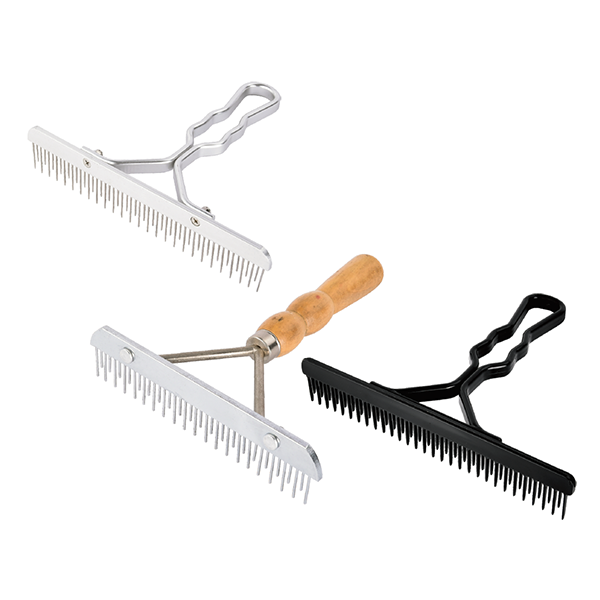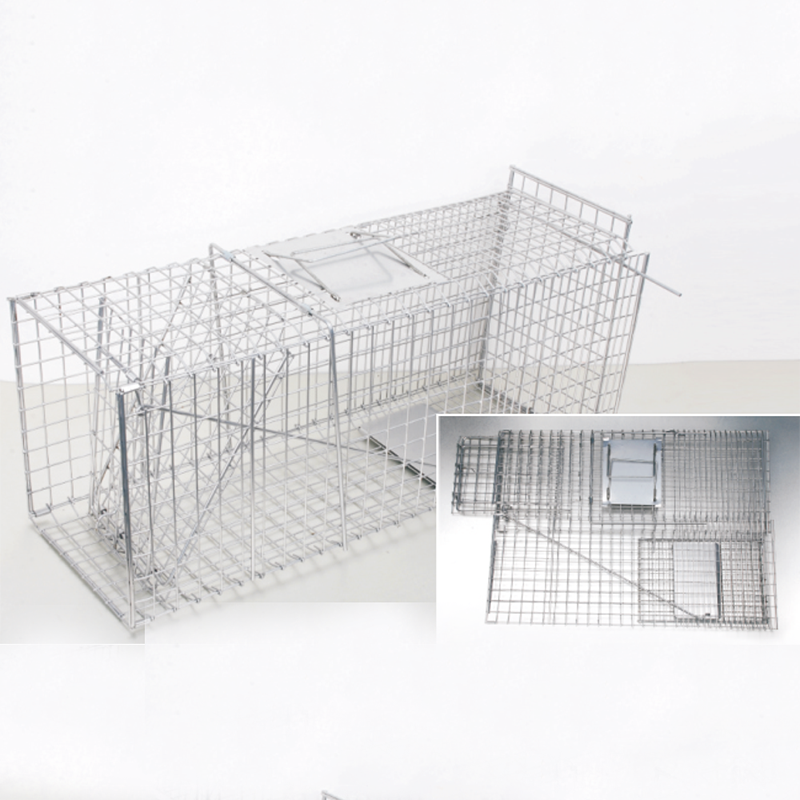Becoming a veterinarian requires a range of expertise and skills, as well as the use of a variety of specialized equipment to ensure the health and welfare of animals. Here are some of the equipment commonly used by veterinarians:
1. Continuous Injectors: Continuous injectors are one of the essential tools for veterinarians. They can accurately control the amount of drug delivered to ensure that the animal is given the correct dose.
2. Veterinary Syringes: Veterinary syringes are an indispensable piece of equipment in veterinary work. They are used to inject drugs into animals or extract body fluid samples.
3. Veterinary Needles: Veterinary needles are used to inject drugs, collect blood samples or perform surgical operations. Needles of different models and sizes are suitable for different animals and uses.
4. Drenching Cannulas: Drenching cannulas are suitable for oral medication to animals, especially when direct feeding is not possible. This equipment can safely and effectively deliver drugs into the animal's digestive tract.
5. Identifications: Identification tags are important tools used by veterinarians to mark and track animals. They can be in the form of collars, ear tags or electronic chips to help veterinarians accurately identify each animal.
6. Nipple Drinkers: Nipple drinkers are devices that provide water to young animals, especially for cubs that cannot drink water on their own, this device can ensure that they get enough water.
7. Bowls And Feeders: Bowls and feeders are key equipment used by veterinarians to provide food and water. Depending on the type and size of the animal, choosing the right feeding utensils can ensure that they get a balanced diet.
The use of these devices not only improves the efficiency and accuracy of veterinary work, but also helps ensure that animals receive proper medical care and nutrition. These devices are indispensable tools for veterinarians, whether in daily care or emergency situations.

 English
English Español
Español Português
Português русский
русский français
français 日本語
日本語 Deutsch
Deutsch Tiếng Việt
Tiếng Việt Italiano
Italiano Nederlands
Nederlands ไทย
ไทย Polski
Polski 한국어
한국어 Svenska
Svenska magyar
magyar Malay
Malay বাংলা
বাংলা Dansk
Dansk Suomi
Suomi हिन्दी
हिन्दी Pilipino
Pilipino Türk
Türk Gaeilge
Gaeilge عربى
عربى Indonesia
Indonesia norsk
norsk اردو
اردو čeština
čeština Ελληνικά
Ελληνικά Українська
Українська Javanese
Javanese فارسی
فارسی தமிழ்
தமிழ் తెలుగు
తెలుగు नेपाली
नेपाली Burmese
Burmese български
български ລາວ
ລາວ Latine
Latine Қазақ
Қазақ Euskal
Euskal Azərbaycan
Azərbaycan slovenský
slovenský Македонски
Македонски Lietuvos
Lietuvos Eesti Keel
Eesti Keel Română
Română Slovenski
Slovenski मराठी
मराठी Српски
Српски 简体中文
简体中文 Esperanto
Esperanto Afrikaans
Afrikaans Català
Català עִברִית
עִברִית Cymraeg
Cymraeg Galego
Galego 繁体中文
繁体中文 Latvietis
Latvietis icelandic
icelandic יידיש
יידיש Беларус
Беларус Hrvatski
Hrvatski Kreyòl ayisyen
Kreyòl ayisyen Shqiptar
Shqiptar Malti
Malti lugha ya Kiswahili
lugha ya Kiswahili አማርኛ
አማርኛ Bosanski
Bosanski Frysk
Frysk ជនជាតិខ្មែរ
ជនជាតិខ្មែរ ქართული
ქართული ગુજરાતી
ગુજરાતી Hausa
Hausa Кыргыз тили
Кыргыз тили ಕನ್ನಡ
ಕನ್ನಡ Corsa
Corsa Kurdî
Kurdî മലയാളം
മലയാളം Maori
Maori Монгол хэл
Монгол хэл Hmong
Hmong IsiXhosa
IsiXhosa Zulu
Zulu Punjabi
Punjabi پښتو
پښتو Chichewa
Chichewa Samoa
Samoa Sesotho
Sesotho සිංහල
සිංහල Gàidhlig
Gàidhlig Cebuano
Cebuano Somali
Somali Точик
Точик O'zbek
O'zbek Hawaiian
Hawaiian سنڌي
سنڌي Shinra
Shinra հայերեն
հայերեն Igbo
Igbo Sundanese
Sundanese Lëtzebuergesch
Lëtzebuergesch Malagasy
Malagasy Yoruba
Yoruba









